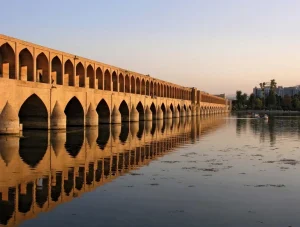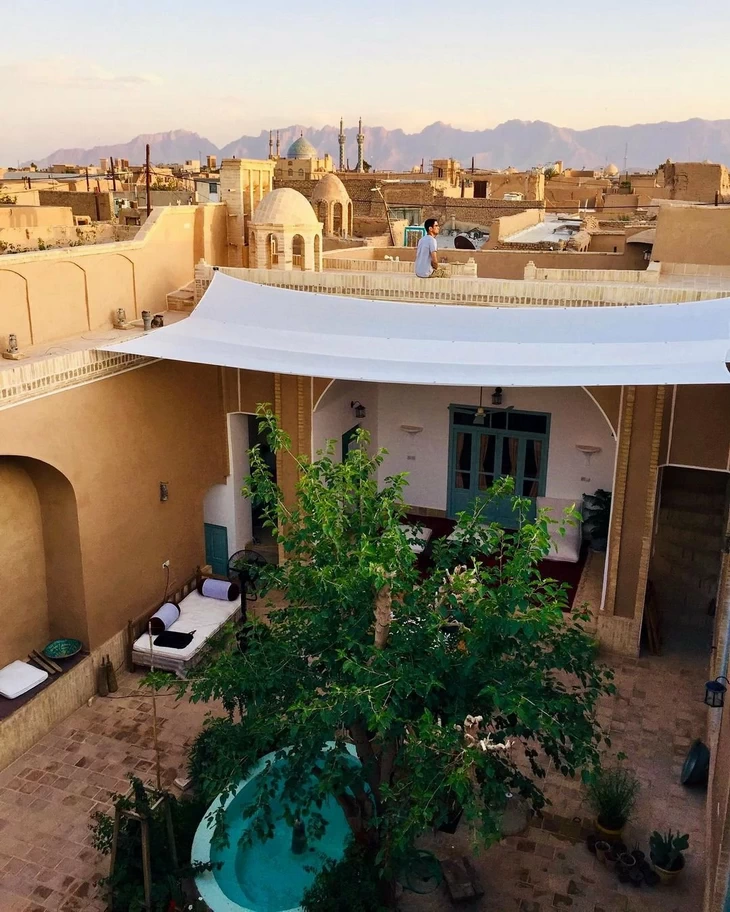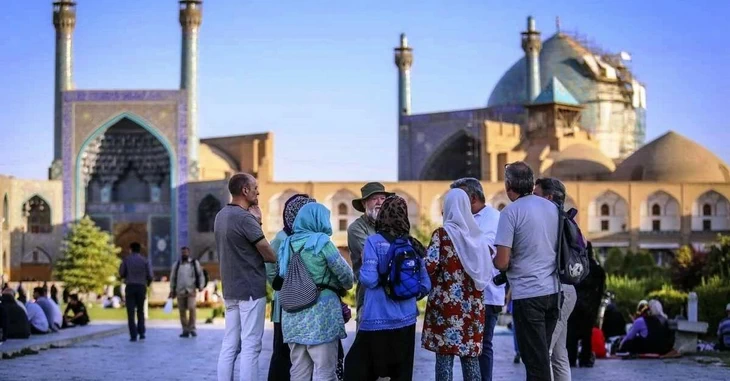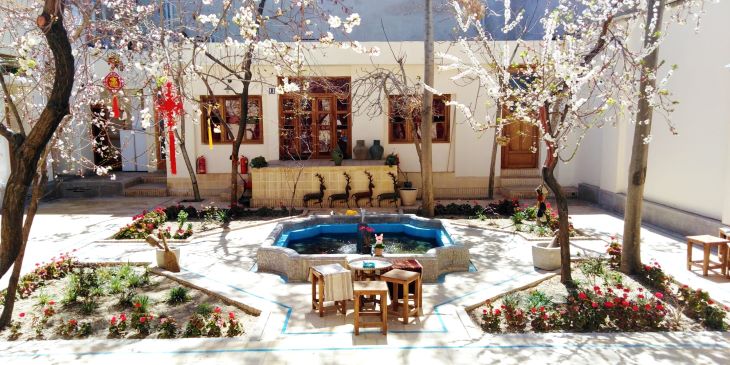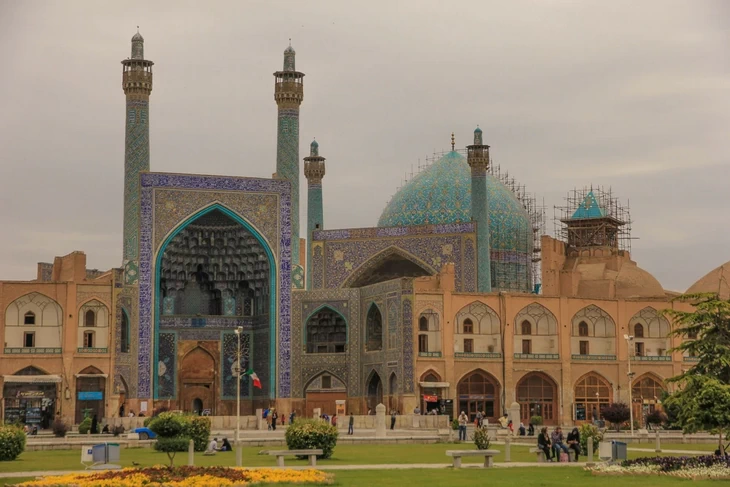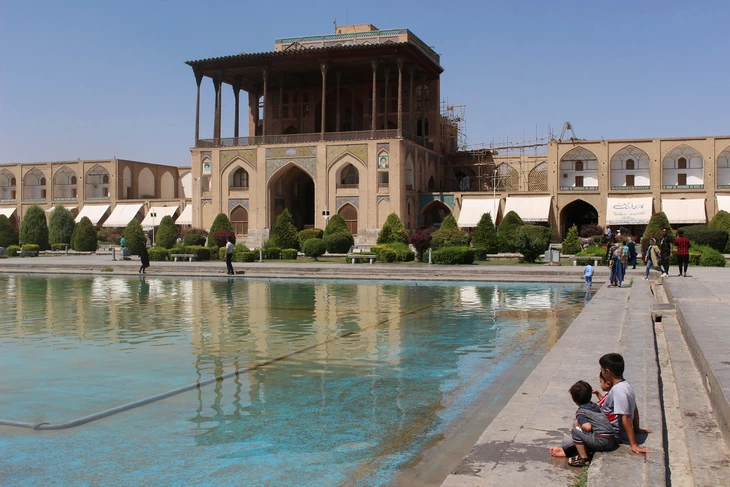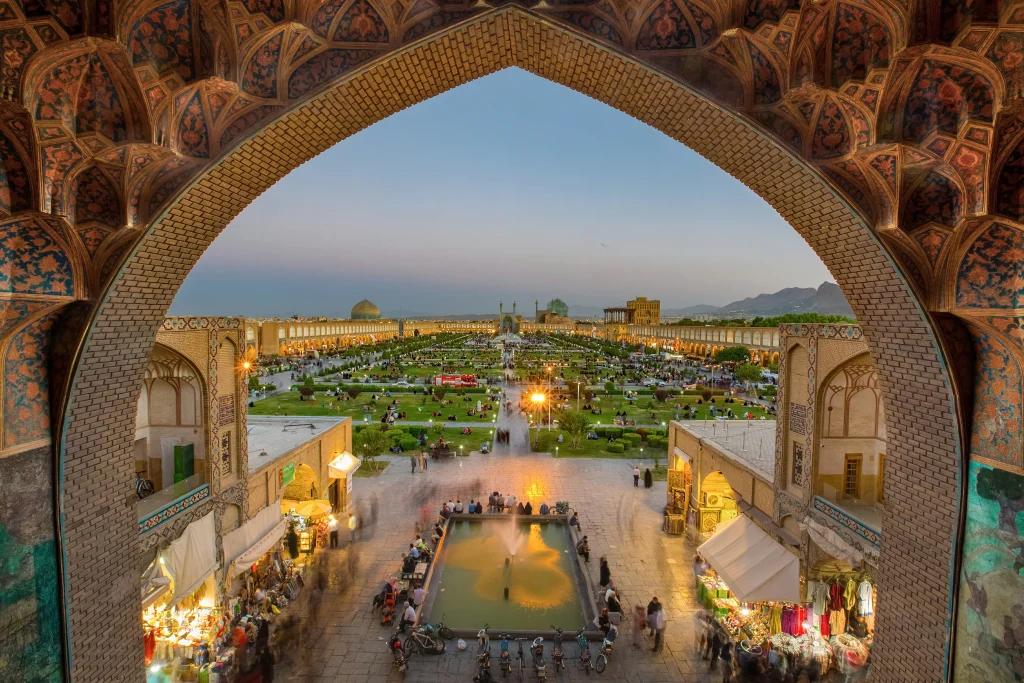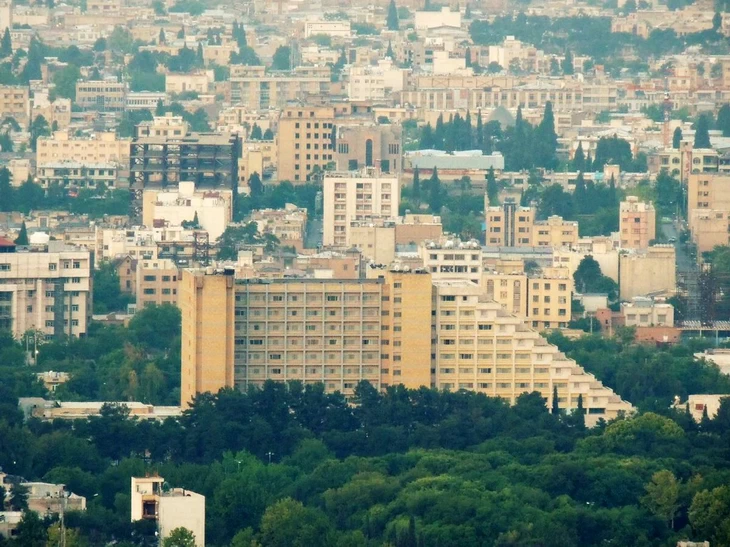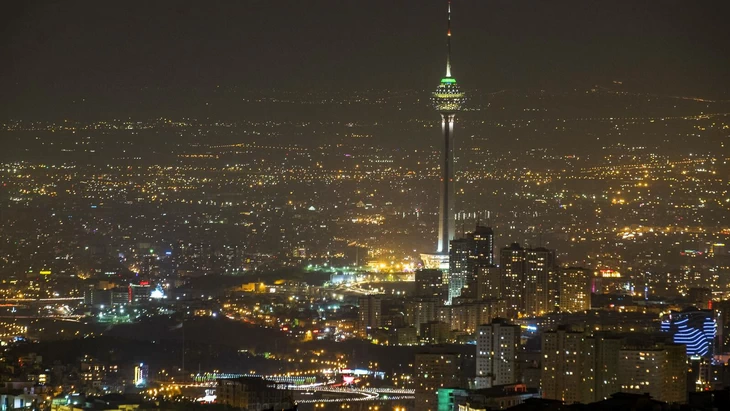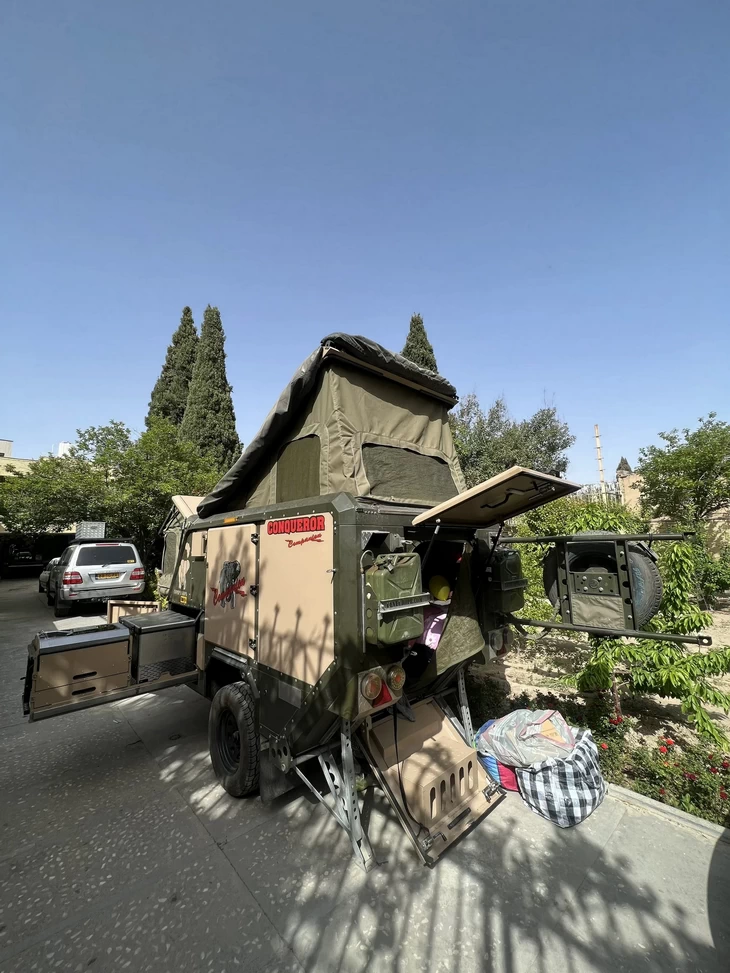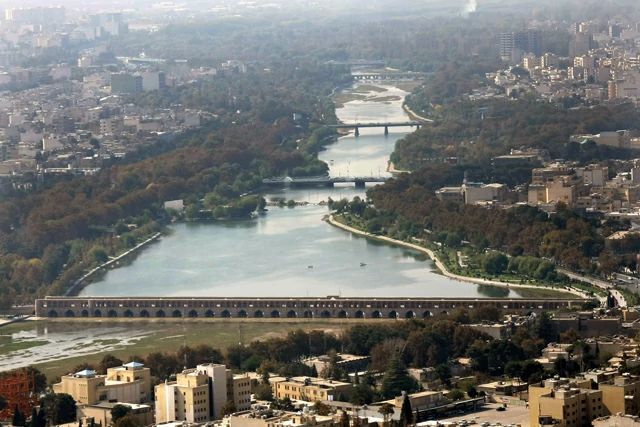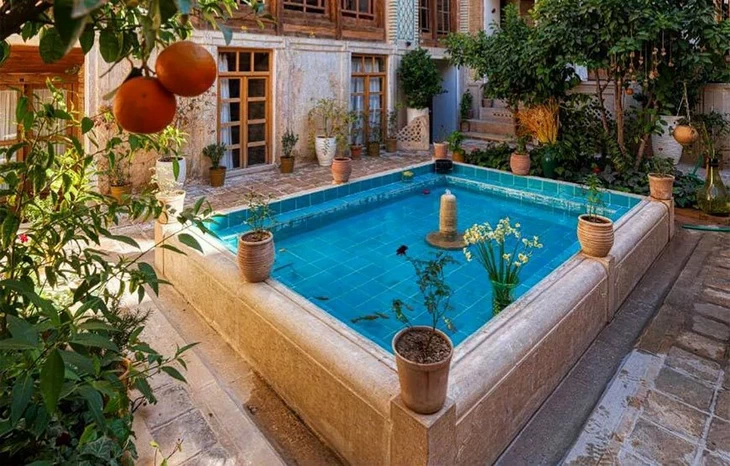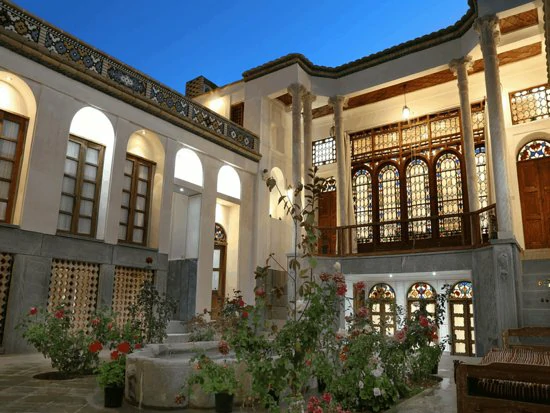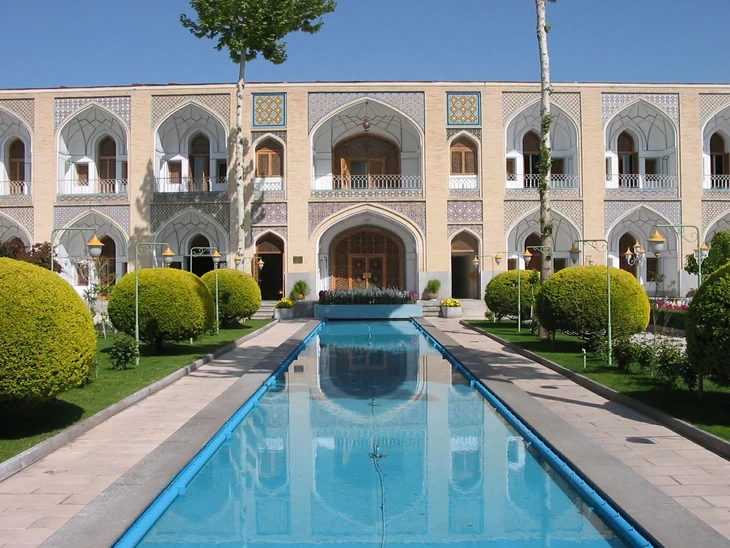The Zayandeh Rud River
The symbolic artery of Isfahan is a river called Zayandeh Rud, meaning “life-giving river’; A river that has brought fertility and prosperity to the land it passes through and has for that reason been a place where humans have settled down next to, for as long as 40,000 years ago.
Zayandeh Rud, also spelled as Zayanderud, Zayandehrud, or Zayanderood is the largest river in central Iran, running for 400 Kilometers, starting from the Zard-Kuh mountains (part of the Zagros mountain range) in the Chaharmahal Bakhtiari Province and ending in the Gavkhouni swamp (located southeast of the Isfahan city).
With Iran facing a serious issue regarding its water supply and mass droughts, many have pointed out the government’s improper actions regarding the environment. The dangerous drying of the great Lake Urumia has been one of the biggest environmental disasters our country has faced. As if that weren’t enough, a few years ago, it was decided that a dam was to be built on Zayandeh Rud, stopping its flow into Isfahan, with the excuse that it was to be used as a water supply for the city of Yazd. We’ll talk about the hazards of this action in more detail, but suffice it to say that the people of Isfahan were not pleased about this.
Its Significance to Isfahan

The Zayandeh Rud River is both symbolically and literally the heart and soul of Isfahan. During the Safavid era, an influential scholar by the name of Sheikh Bahaei designed a system of canals (called Maadis by the locals) feeding from the river and spreading throughout the city, providing its water supply. This has made Isfahan turn into a garden-city, in the middle of the desert!
It’s also worth mentioning that Isfahan is an industrial city. It has one of the highest pollution rates among the different cities of Iran. Zayandeh Rud, working in conjunction with the trees and foliage in the many gardens and parks of the city was able to handle some of that, but now that the river is dry, the air pollution in Isfahan is a more serious threat than ever.
Finally, stopping Zayandeh Rud’s flow into Isfahan and manually opening the dam on occasion poses a serious risk to the city’s cultural and historical heritage. The bridges that are built on the Zayandehrud River are among Isfahan’s most important historical sights. These monuments were built using water-resistant material, namely limestone. Limestone is not only water-resistant, but it is to be used specifically in water structures, meaning that constantly shifting between being in contact with water and experiencing drought causes unspeakable damage to the bridges’ integrity.
When Will Zayandeh Rud Have Water?
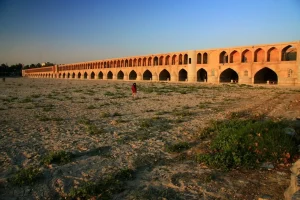
You can check this blog post frequently, as it will be updated frequently with new information about the situation regarding the Zayandeh Rud River. Currently, the dam was opened on November 11th, and the river will flow through Isfahan indefinitely to provide a water supply for the farmers.
We’d love to talk to you about Iranian culture when you come to Mahbibi Hostel, and be sure to check our Instagram, because who knows what events we may have! Also, if you’re coming to Isfahan, you can read about the best things to do in the city following this link and Isfahan hostels following this one!
Also make sure to take a look at our other Isfahan blogs!
- Things to do in Isfahan
- Isfahan hidden attractions
- Beauties of Isfahan
- People of Isfahan
- Isfahan hostels
- Cheap Isfahan accommodation
- Isfahan hotels
- Moshir Al-Molk House
- Breaking your journey between Kashan and Isfahan
- The Jameh Mosque
- The Naghshe Jahan Square
- The Best Restaurants in Isfahan
- The Armenian Quarters
- The Armenian Music Museum of New Julfa

